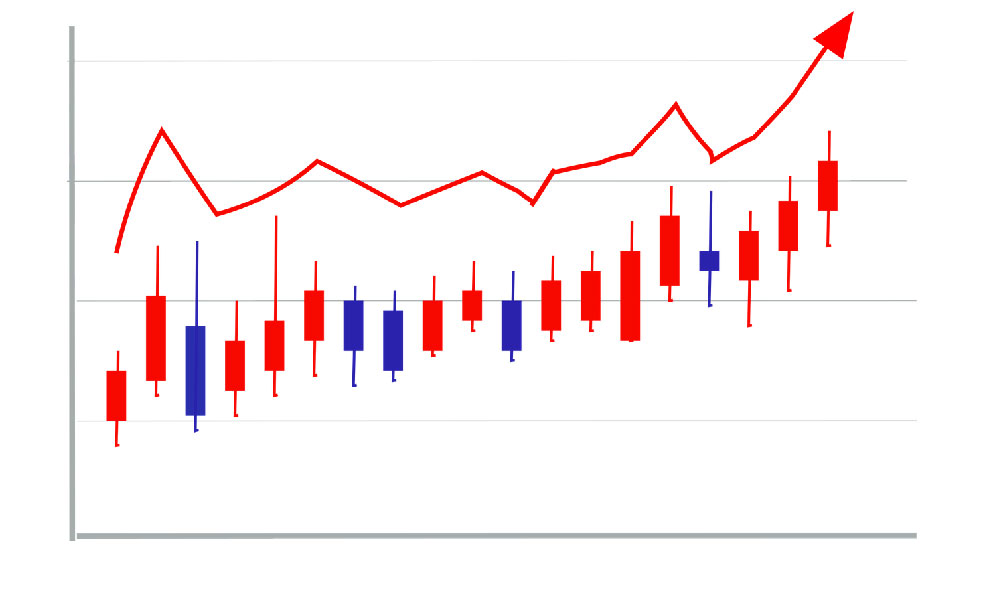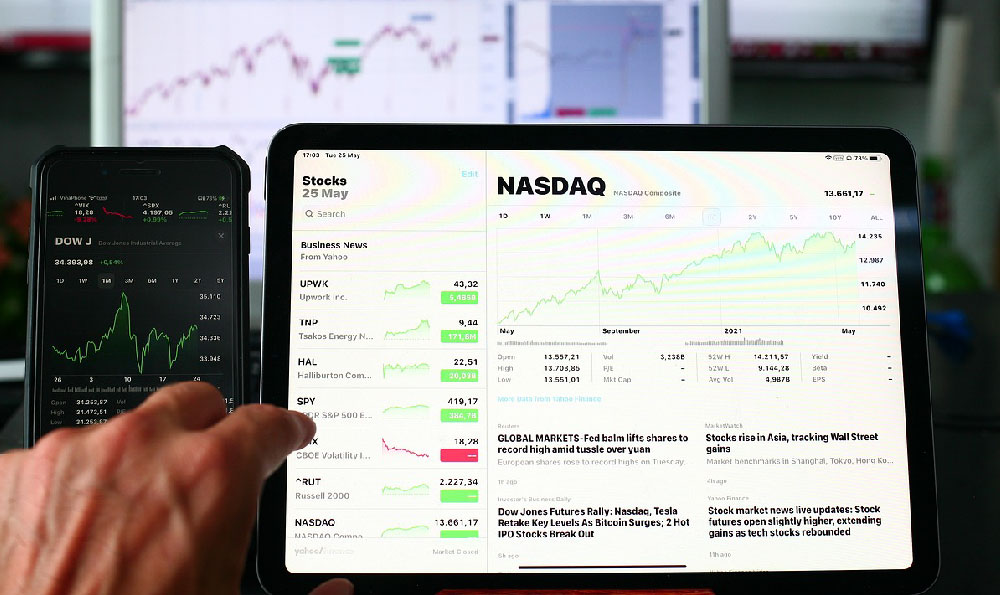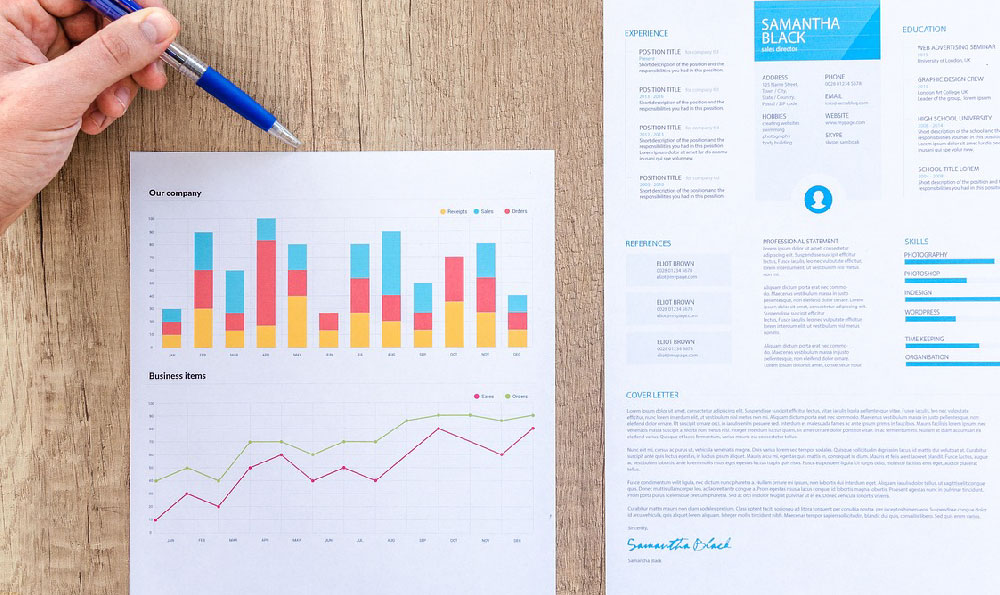
Spotify, the titan of music streaming, has revolutionized the way we consume audio content. Its vast library, personalized playlists, and accessibility have made it a ubiquitous presence in the modern world. But behind the catchy tunes and convenient interface lies a complex economic ecosystem, particularly for artists striving to earn a living from their craft. Understanding Spotify's payment structure is crucial for anyone considering a career in music or simply curious about the platform's financial inner workings.
The question of how much Spotify pays is deceptively simple. There's no fixed rate; rather, it's a dynamic calculation based on a number of factors. The most significant of these is the per-stream royalty rate. This rate isn't publicly disclosed and fluctuates constantly, influenced by the listener's location (due to varying advertising rates and subscription costs), the subscriber type (premium vs. free), and Spotify's overall revenue. Furthermore, the rate is influenced by distribution agreements with record labels and rights holders, making it challenging to pinpoint an exact figure.
Generally speaking, industry estimates place Spotify's average per-stream royalty rate somewhere between $0.003 and $0.005. This means that an artist needs to accumulate a significant number of streams to generate any substantial income. For example, to earn just $1, a song would need to be streamed approximately 200 to 333 times. To put that into perspective, an artist aiming to earn a minimum wage salary solely from Spotify would require tens of millions of streams annually. This stark reality underscores the challenges musicians face in the streaming era.

However, the per-stream rate is just one piece of the puzzle. Spotify doesn't directly pay artists. Instead, it pays royalties to rights holders, which are typically record labels, publishers, and collecting societies. These entities then distribute the royalties to the artists based on the terms of their individual contracts. The complexity of these agreements often results in artists receiving only a fraction of the revenue generated by their music. Independent artists, who often lack the bargaining power of established labels, may find themselves particularly vulnerable to unfavorable royalty splits.
The subscription model plays a vital role in determining the overall royalty pool. Spotify offers both premium and free tiers. Premium subscribers, who pay a monthly fee, contribute more significantly to the royalty pool than free users, who generate revenue through advertising. This is because a higher percentage of subscription revenue is allocated to royalties compared to advertising revenue. Consequently, streams from premium subscribers are generally worth more to artists.
Beyond the per-stream rate and subscription model, Spotify also considers the concept of "pro rata" distribution. This means that the total royalty pool is divided among rights holders based on their share of total streams on the platform. If an artist's music accounts for a small percentage of overall streams, they will receive a correspondingly small share of the royalty pool. This system favors artists with a large and engaged audience, as their higher stream counts translate into a larger share of the revenue.
So, can you make money from Spotify? The answer is a qualified yes. While it's certainly possible to generate income through Spotify, it's rarely a path to instant riches, especially for emerging artists. Building a sustainable career in the streaming age requires a multi-faceted approach that goes beyond simply uploading music to the platform.
One crucial element is developing a strong online presence. This involves actively engaging with fans on social media, creating compelling content, and building a dedicated community. A loyal fanbase is more likely to stream an artist's music consistently and support their other endeavors, such as purchasing merchandise or attending concerts.
Diversifying income streams is also essential. Relying solely on Spotify royalties is a risky strategy, as the revenue generated may not be sufficient to cover expenses and provide a sustainable income. Artists should explore alternative revenue sources, such as selling merchandise, offering online courses or workshops, licensing their music for film or television, and performing live shows.
Investing in professional-quality recordings and production is another key factor. While talent and creativity are essential, listeners often gravitate towards music that is well-produced and sounds polished. This requires investing in recording equipment, hiring experienced engineers, and mastering the art of music production.
Collaborating with other artists can also be a valuable strategy. Collaborations can help artists reach new audiences and expand their fanbase. By working together, artists can cross-promote each other's music and leverage their collective resources.
Understanding the intricacies of music distribution is also crucial. Artists have several options for distributing their music to Spotify, including working with a traditional record label, using a digital distribution service, or self-releasing their music. Each option has its own advantages and disadvantages, and artists should carefully consider their goals and resources before making a decision.
Navigating the complex world of music rights and royalties can be challenging, so seeking professional advice is highly recommended. A music lawyer or accountant can help artists understand their contracts, negotiate favorable terms, and ensure that they are receiving fair compensation for their work.
Finally, patience and perseverance are paramount. Building a successful music career takes time, effort, and dedication. There will be setbacks and challenges along the way, but artists who remain persistent and adapt to the evolving landscape of the music industry are more likely to achieve their goals.
In conclusion, while Spotify offers artists a platform to share their music with a global audience, it's not a guaranteed path to financial success. Earning a living from Spotify requires a strategic approach, a strong online presence, diversified income streams, and a deep understanding of the music industry. By focusing on building a loyal fanbase, creating high-quality music, and navigating the complexities of royalties and rights, artists can increase their chances of making money from Spotify and building a sustainable career in the streaming era. The platform is a tool, and like any tool, its effectiveness depends on the skill and knowledge of the user.





